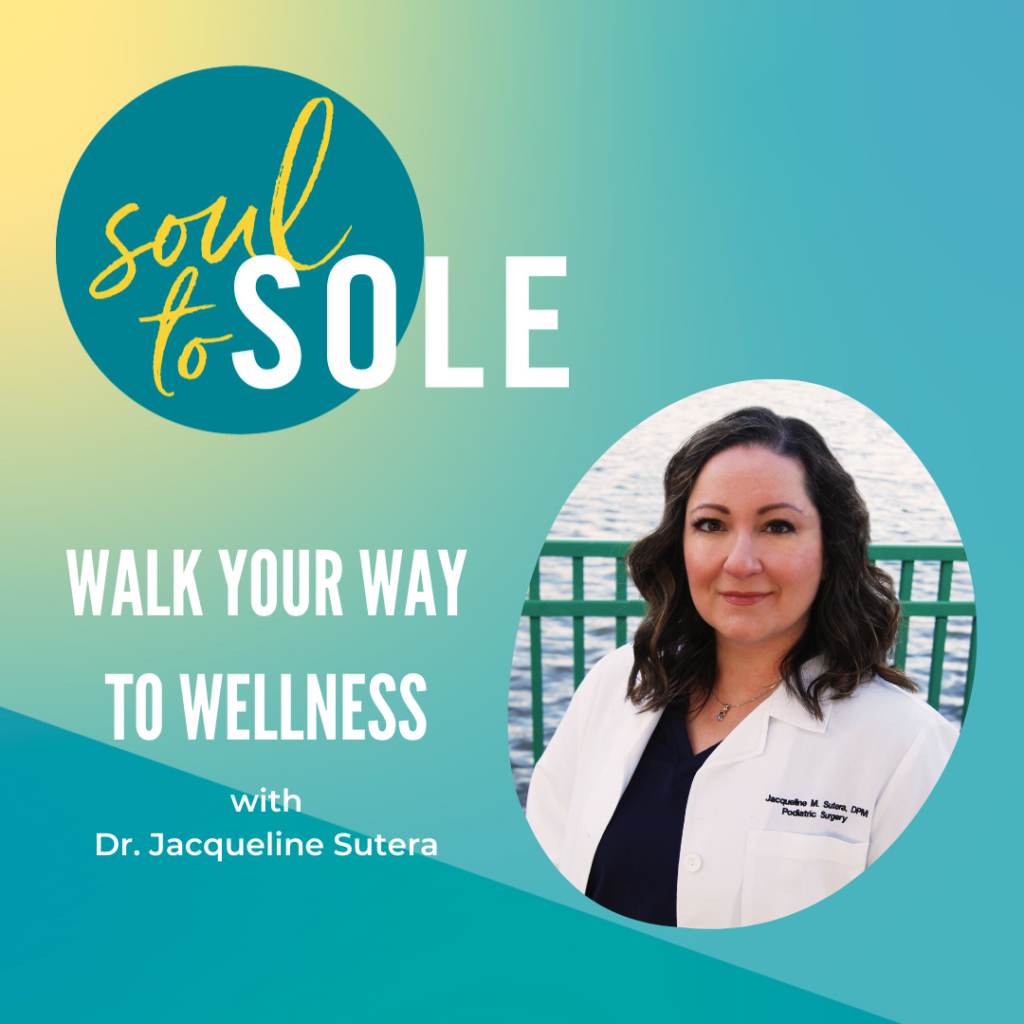written by Dr. Jacqueline Sutera, doctor of podiatric medicine and Vionic Innovation Lab member
Walk your Way to Wellness—with Proper Eating and Equipment, Too!
Walking outside (and/or interval jogging) at a sustained, moderate pace for a recommended 30-40 minutes, elevates your heart rate and helps to build cardiovascular endurance. Not only is it an opportunity to burn off steam and get some fresh air, outdoor workouts have been shown to improve mood and mental wellbeing.
Start slow and build up over time. We realize it’s “just walking,” but you’re putting more into your steps than you may realize. It’s always best to not to jump into any workout—of great intensity or otherwise—for which you’re maybe out of practice, or perhaps have never done.
Avoiding Injury
To avoid injury, and build strength and endurance in any form of workout, you need to ensure that you are taking a proper number of rest days and breaks in-between “on days” to promote recovery. Do lighter workouts during “off” non-walking days, focusing on abdominal core exercises instead, or weight train alternate body parts.
Never forget that the feet are the foundation of your skeleton. If you’re walking a lot, this will become obvious—soon! To have a strong foundation, you should actively try to build foot strength, especially in small muscles of the feet called “intrinsics,” which are actually your foot and ankle stabilizers.
Strengthening Your Feet
There are some simple exercises you can do to help develop “intrinsic” strength and better balance (which lowers your chances of sprained ankles and falls). These exercises are intentional and focus on small muscles.
Toe Grips
- Pick up an object with your toes, hold it for 10 seconds, release and repeat. This works the smaller muscles of the feet and toes which are ankle stabilizers.
Alphabet
- “Draw” the letters of the alphabet in the air with your big toe, moving only your ankle and keeping the rest of your leg still. This works all 4 major muscle groups in your lower leg. Even though this sounds easy, most people need a break midway through. (Don’t worry, you’ll get there!)
Balancers
- Stand on one leg at at time; this helps strengthen “proprioception,” the balance nerve receptors in our legs, ankles and feet
Calf Raises
- These are simple exercises that are very important in keeping your calves strong. They also help develop Achilles tendon strength/recovery and are often used in physical therapy. You can do them standing up or sitting down, adding hand and/or ankle weights as well. Start with just your own body weight, and work up to 1-2 pounds.
Fueling for Fitness
Eating before workouts should be on the lighter side and consumed about an hour before any activity—walking or otherwise. These mini-meals boost energy and help us avoid stomach upset from training on a full (or even too-empty) tummy. Choose snacks such as yogurt, bananas, a smoothie, or pieces of fruit with nut butter to hold you over. Post-workout meals are geared toward recovery and building muscle. High-protein smoothies, nuts, salmon, grilled chicken, and eggs are all excellent options. You can pair any of those with avocado, roasted veggies or sweet potatoes.
Proper Footwear
Now that we have some ideas of what to do for a walking workout, and how to fuel ourselves for exercise, we need to get equipped.
Many companies incorporate technology into shoes for different activities. It is best to use shoes that are made for the activity that you are doing: running/walking, hiking, basketball, Zumba, biking, etc.
Walking and running shoes are both made for “forward motion,” which is often reflected in their look and design. (Keep in mind that walking shoes typically shouldn’t be used for running and vice-versa.) Walking and running shoes are very different from basketball or tennis shoes, for example, which are made for lateral or side-to-side motion. These styles generally look wider than walking and running shoes given the movements that these other activities require.
Avoid stiff, pointy and narrow toe boxes if you have bunions and/or hammertoes, and go up in width, if necessary. If you do have such foot issues, any shoes that can accomodate delicate areas and feature adjustable are a plus.
People with flat feet need a bit more structure, stability and support while people with high arches need more padding and cushioning.
Follow this advice and you should be in-step with success. Best of luck in achieving your walking workout goals!
WATCH DR. SUTERA’S ORTHOTIC TRIMMING VIDEO
SHOP ACTIVE SNEAKERS
LEARN MORE ABOUT THE VIONIC INNOVATION LAB
VIONIC SOUL TO SOLE PROGRAM

